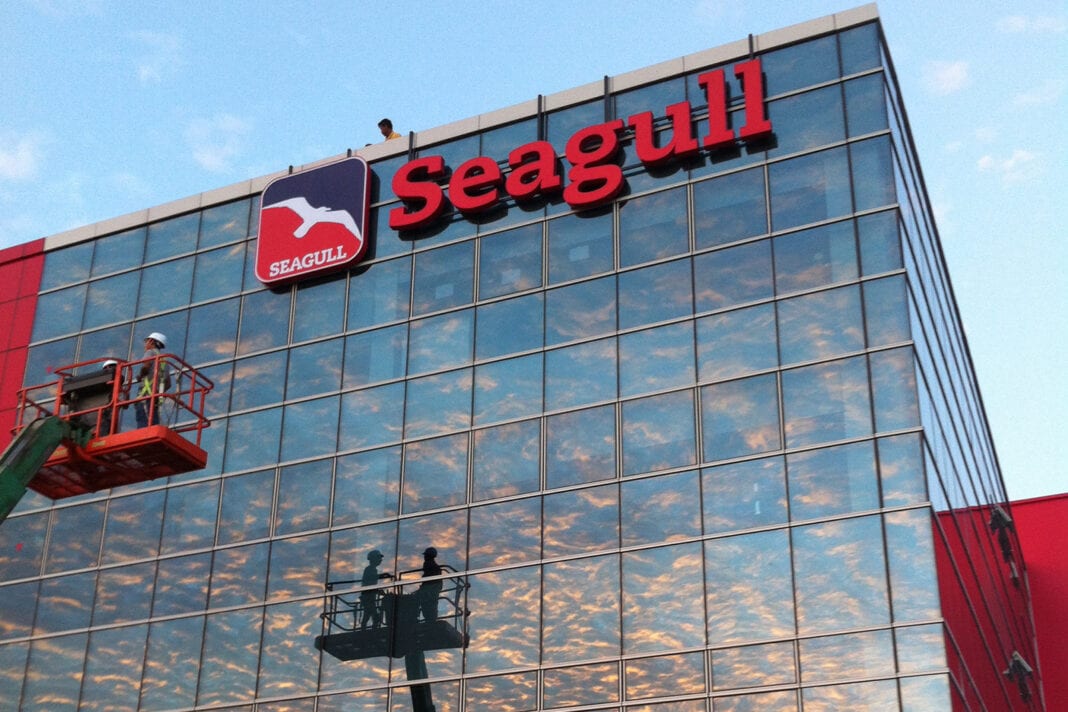Maybank Signage on Merdeka 118: What It Means for Malaysia’s Building Landmark
Merdeka 118: A National Landmark
Maybank as Anchor Tenant
The Backlash: National Identity vs. Corporate Branding
On one hand, having Maybank’s name on such a prestigious building reinforces its status as a national financial giant. For the bank, the visibility is unparalleled, sky signage on one of the tallest towers in the world ensures brand recognition across the Kuala Lumpur skyline and beyond.
On the other hand, critics argue that putting a corporate name on a building that symbolises Malaysia’s independence risks overshadowing its national identity. What was meant to be a unifying landmark could, in the eyes of some, feel more like corporate branding.
This debate highlights the delicate balance between corporate signage and cultural symbolism. While building signage is crucial for visibility, wayfinding, and brand positioning, it also becomes part of the city’s identity, something that extends far beyond business.
Why Building Signage Matters
The importance of building signage cannot be overstated:
- Visibility & Branding: For corporations like Maybank, being seen on Merdeka 118 is a once-in-a-generation branding opportunity.
- Navigation & Recognition: For locals and visitors, signage transforms a skyscraper into a recognizable landmark.
- Symbolism: Beyond functionality, signage contributes to how a building is remembered in history, either as a cultural icon, a corporate hub, or both.
At Big Image Group, we see signage as more than just letters or logos. Whether it’s facade signage, 3D signage, or sky signage, every installation becomes part of a city’s fabric. That’s why it’s important to balance design, function, and identity in every project.
Final Thoughts
The discussion around the Maybank sign on Merdeka 118 raises important questions about the role of signage in architecture and national identity. Should corporate branding be so prominent on national symbols, or is it a natural part of progress in a globalised economy?
No matter where you stand, one thing is clear: signage is powerful. It shapes how we see buildings, brands, and even nations. And when done thoughtfully, with the right balance of visibility, respect, and craftsmanship, signage becomes more than an addition; it becomes part of history.



